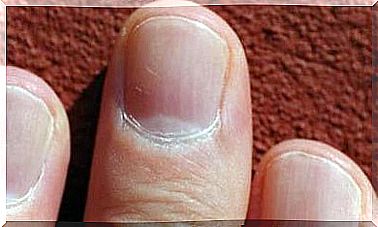What Actually Is Mindfulness?
Mindfulness is a sure way to be more content. But what exactly is behind it?

One reads more and more about mindfulness, but many people are not really clear what is behind this term.
Today we would like to encourage you to fill your life with more mindfulness and to notice how much more satisfied you will become as a result.
What does mindfulness mean?
Mindfulness is often referred to in the press as “mindfulness”, although this term is only a translation into English.
The teaching of mindfulness originated from Buddhism, but is also practiced in many other cultures.
Mindfulness does not have to do with “being particularly mindful”, ie “careful”, but describes a behavior in which you reflect on your inner being and the external circumstances, not only perceive your own emotions and your own body, but also control them and use them sensibly and is empathetic towards other people.
Mindfulness is a quality that many people automatically practice, but most of us need to learn in order to shape our lives with it.
The aim is to find personal calm in everyday life in order to draw energy from it.
Mindfulness is often used these days to solve psychological problems, prevent mental illness, and face stress.
Those who cannot or do not want to acquire the technology themselves can book appropriate courses.
This method can also be helpful against chronic pain.
Various studies have shown that certain mindfulness techniques are effective in preventing depression or relapses.

How do you practice it?
Put simply, this is about being very conscious of the present and experiencing it consciously.
Those who practice this successfully will learn and automatically find that satisfaction and happiness never depend on external factors, but grow out of oneself from within.
A good exercise to get you started is to describe your own environment, everyday events and observations in a completely neutral way.
We immediately and unconsciously evaluate a lot of what happens around us and assign positive or negative attributes to it without giving it much thought.
The event, the object or the environment is thus immediately assessed and categorized. First try to develop your neutral perception on small things.
As a practice, take any object and try to describe it in a completely neutral way.
An apple, for example, is round or oval, shiny or matte, green or red. Delete thoughts like “delicious” from your perception, because these already evaluate the apple and are not neutral.
Advanced users practice on situations: the red traffic light is red, the traffic is regulated by it, pedestrians can cross the street, etc. Not “The stupid traffic light is red, I’m too late”.
It’s about looking at things in a completely neutral way!

Include empathy
A value-free view of things in life also includes being empathetic, looking at situations in everyday life without judgment.
Instead of getting angry about this or that word or action from your boss or colleague, try to understand how it came about.
What situation is this person in right now? What does this person want to achieve? What emotions might this person have driven their behavior?
You should also rate your own reaction neutrally : Why does that annoy you? What sore point did the other person hit with you? Are you reacting a little too irritably?
Are you tired, stressed or do you feel guilty about the situation? Inner reflection is a key to more mindfulness in everyday life.

The magic of the little things
If the stress gets over your head, it helps to concentrate on the little things. The appointment calendar is bursting? You’re too late? The train is late? Is your colleague applying pressure?
Instead of reacting irritably, stressed, rushed or annoyed, get used to calmly breathing in and out three times deeply. Then concentrate very intensely and neutrally on something else that is good for you, for example the sip from your coffee cup.
Feel the warmth of the coffee spreading in your mouth. Consciously taste the bitter substances, the sweetness of the sugar, the creaminess of the milk. Feel how this sip of coffee leaves your mouth, flows down the esophagus to spread cozy warmth in the stomach. Experience this sip of coffee intensely, be completely in this moment.
You will then find that the magic of that little sip of coffee worked to lower your stress levels. And now assess the situation that is stressing you neutrally and rationally. You will notice: half as bad!
You will see: The more intensively you deal with the subject of mindfulness, the more you will understand how this technique can help you to find your peace in everyday life and ultimately to go through life with much more satisfaction.









